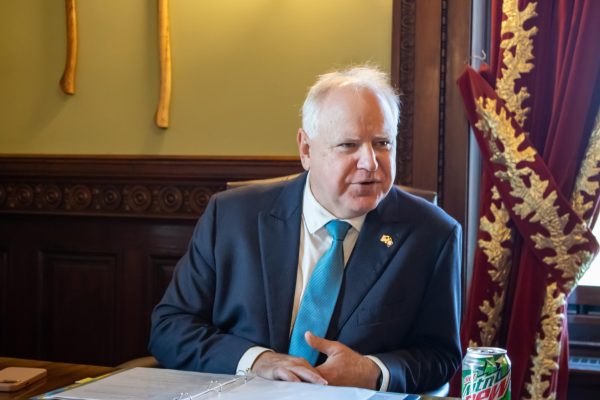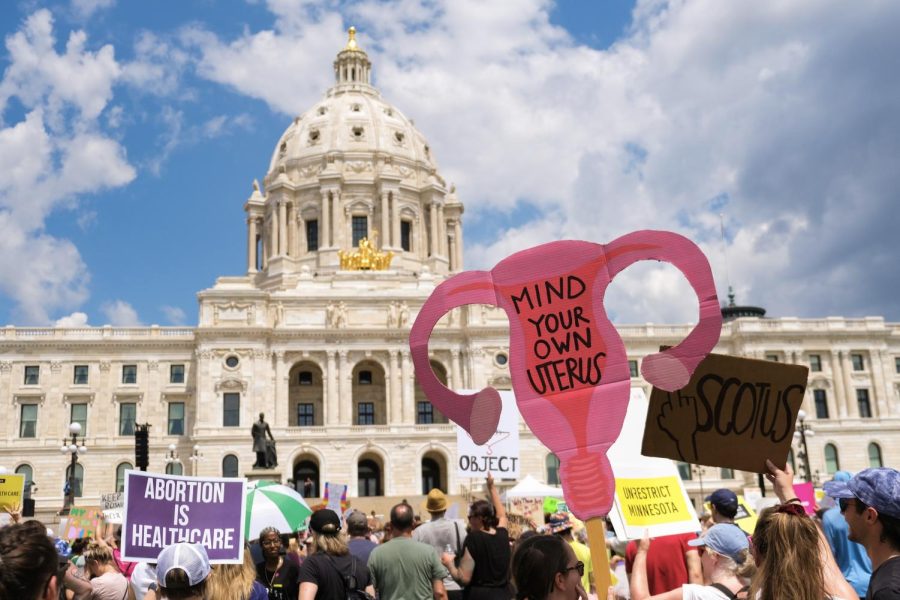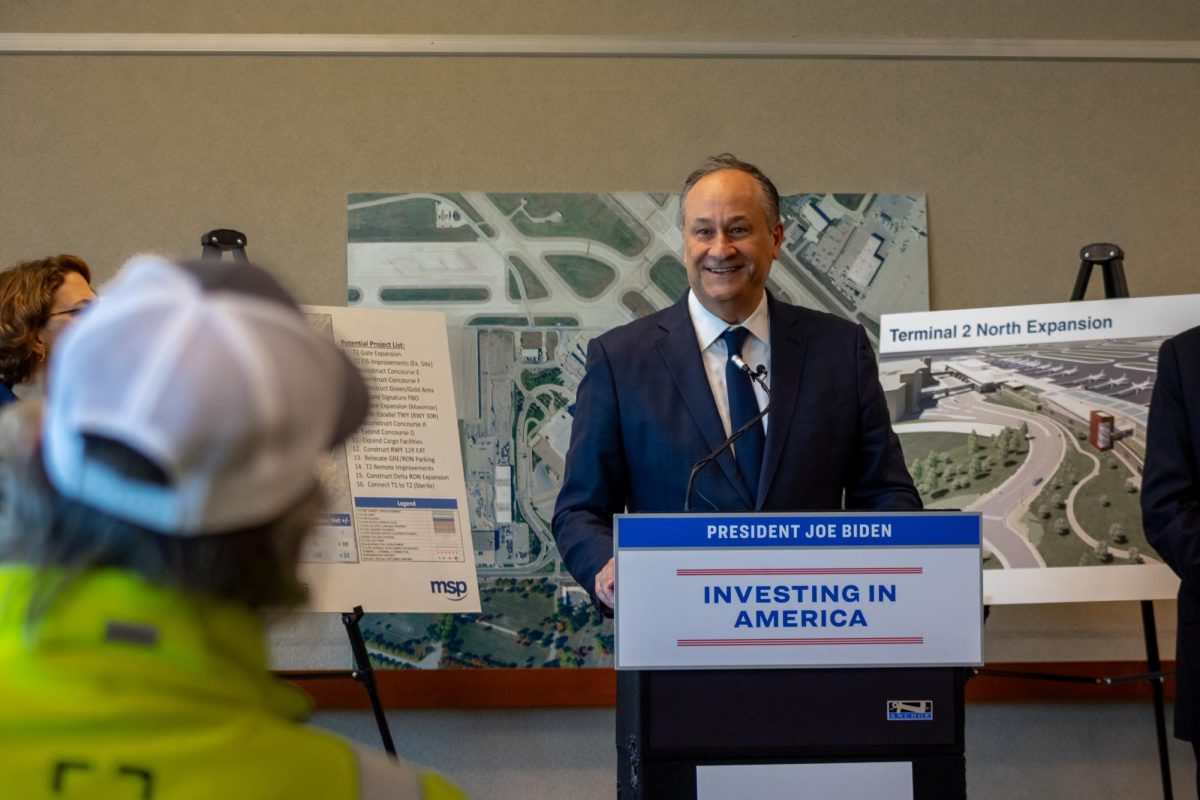When passed in NovemberâÄôs election, the Clean Water, Land and Legacy Amendment promised a substantial amount of new revenue targeted at supplementing existing Minnesota conservation efforts. But with the looming budget deficit, MinnesotaâÄôs conservation agencies are facing a 23 percent cut in the amount of money they receive from the stateâÄôs general fund, leading some to questions as to whether the deep cuts are related to expected revenues from the amendment. State conservation agencies, which include the Department of Natural Resources, Pollution Control Agency, Water and Soil Resources Board and a few others, will see the amount of money they receive from the general fund slip from $422.5 million to $324.1 million under the current budget proposal, a 23 percent reduction , according to numbers compiled by Conservation Minnesota . Paul Austin, executive director for Conservation Minnesota , which has been tracking and analyzing government conservation spending since 2002, said overall general fund spending in the budget proposal was cut by 2.2 percent, meaning conservation agencies are facing cuts ten times more severe than the rest of the general fund. The Clean Water, Land and Legacy Amendment, which passed with 56 percent of the vote, will raise the state sales tax by three eighths of a percent when it goes into effect in July, resulting in revenues somewhere between $250 million and $300 million. The revenue generated will be divided among four different funds, with a third of the money going to a clean water fund, another third going to a fund aimed at protecting wetlands, prairies and forests and the remaining third being split between a parks and trails fund and a fund supporting the arts and art education. The amendment specifies that the funds generated by the sales tax are intended to supplement existing conservation funding as opposed to replacing it. The amendment reads, âÄúThe dedicated money under this section must supplement traditional sources of funding for these purposes and may not be used as a substitute.âÄù Conservation Minnesota spokesperson Dave Dempsey said with such deep cuts, the government is close to violating its promise to use the amendment funds as a supplement. âÄúThereâÄôs a law on the books that the people voted for and itâÄôs close to being disrespected,âÄù he said. Austin said the government taking money previously allocated for conservation funding and using it for other projects raises âÄúred flags.âÄù ItâÄôs important the government doesnâÄôt see conservation funding âÄúas a big pot they can go take money out ofâÄù now that the sales tax increase will be supplying more conservation money, he said. Rep. Jean Wagenius DFL-Minneapolis, who sits on two environmental committees , admitted that some amendment language is âÄúmurky,âÄù but people still want to see it honored. She said even with cuts, the amendment is poised to make a âÄúsubstantial impact.âÄù âÄúItâÄôs definitely on the radar,âÄù she said. Phil Krinkie, president of the TaxpayerâÄôs League of Minnesota , a group which opposed the amendment, said the economic climate has forced the legislature to reconsider funding options, and knowing conservation efforts will still be funded by the amendment makes it easier to make cuts. Krinkie called the language in the amendment requiring the funds to supplement and not substitute current funding âÄúcomfort languageâÄù and in tough economic times, the legislature must put all the money on the table when putting together a budget. Austin agreed cutting funding to conservation agencies may be an easy way to save money in the short term but warned it can become easy for the government to keep putting off funding conservation efforts. âÄúThe problem is, they end up putting it off for a year and then for another year and then another year,âÄù he said. However, the DNRâÄôs Chief Financial Officer Denise Anderson said she doesnâÄôt feel that the DNR or other conservation agencies are being targeted unfairly in the budget proposal. The DNR was told to plan for a 10 percent reduction in support from the general fund, the same amount Anderson said other state agencies were told to plan for. Much of the budget planning process for the DNR was completed before the amendment was passed in November, she said, but the substitute versus supplement nature of the amendment funding is something that DNR workers are always keeping âÄúin the back of their minds.âÄù The issue of funding conservation agencies will continue to be discussed as the governorâÄôs budget proposal takes shape, and Dempsey said he hopes the Legislature will respect the will of the voters by not using amendment funds to make up for budget cuts. âÄúHow much clearer can you be when more people voted for this amendment than voted for any candidate, including Barack Obama,âÄù he said.
Conservation agencies face big cuts
The cuts could be nearly 23 percent, which some say is disproportional.
Published February 23, 2009
0
More to Discover







